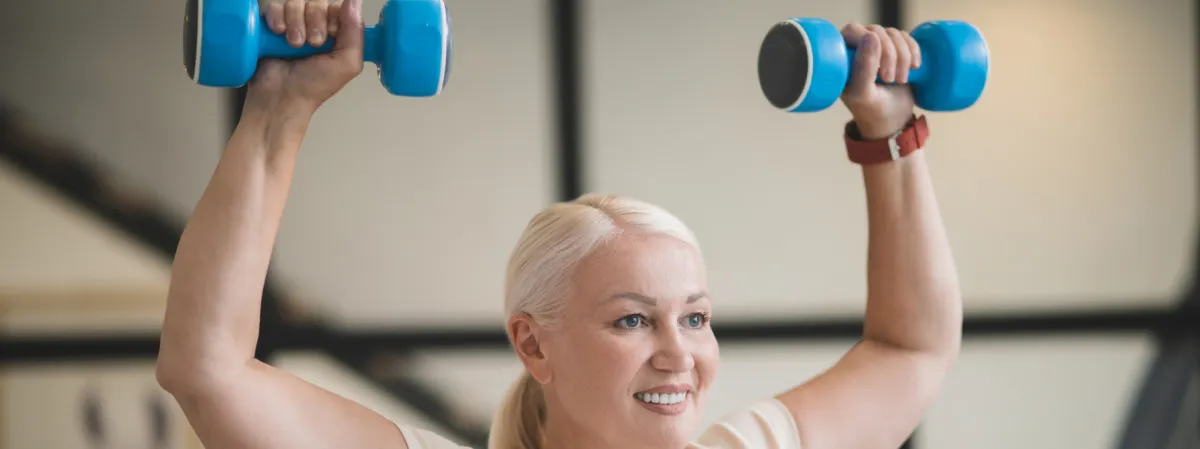
Why Women Over 40 Need Strength Training
Why You Need Strength Training After 40
Let’s talk about something that could dramatically change your quality of life: resistance training. If you’re a woman over 40, and you’re not lifting weights regularly, it’s time to reconsider your fitness priorities. This isn’t about getting bulky or spending hours in the gym—it’s about protecting your health, strength, and independence for the long haul.

Worried About Getting Too Muscular?
You’re not alone. A lot of women hesitate to start strength training because they’re afraid of building “too much” muscle. But here’s the truth: you don’t produce enough testosterone to bulk up like a bodybuilder, unless you’re using performance-enhancing drugs. So you can drop that fear—because it’s simply not how your body works.
The Real Issue? Losing Muscle—Fast
What you should be worried about is losing muscle mass, which starts happening naturally after age 40. If you’re not actively working to maintain it, you’ll lose about 3.75% per year. That might not sound like a lot, but think about it:
In 10 years, that’s nearly 40% of your muscle gone.
Over 30 years? You could be left with so little strength that things like walking, using the bathroom, or feeding yourself become real challenges.
That’s not meant to scare you—it’s just the reality of what happens when muscle loss goes unchecked. But the good news is, you can do something about it.
Muscle: Your Metabolic Engine
Muscle is more than just tissue—it’s your body’s powerhouse. It supports your bones, keeps your metabolism running, and allows you to function day-to-day. Without it, even the simplest tasks become harder over time. If you want to age well, stay active, and live independently, you need to keep your muscle.

The Benefits You’ll Notice
When you start lifting weights regularly, you’re doing more than building strength. You’re also:
Boosting your bone density, which helps prevent osteoporosis
Revving up your metabolism, making it easier to manage weight
Improving your balance and coordination, which reduces fall risk
Lifting your mood and lowering stress levels, thanks to the mental health perks of exercise
You Don’t Have to Go Hardcore
The best part? You don’t need to live in the gym or lift super heavy. Start small. Aim for:
3 to 4 sessions per week
About 45 minutes per session
Use weights that feel challenging but doable
That’s it. You’ll still see results without burning out or overcommitting.

Start Now—Your Future Self Will Thank You
This isn’t just about fitness—it’s about your long-term independence and well-being. If you don’t use your muscle, you’ll lose it. But if you start strength training now, you’ll build a stronger, healthier, and more capable version of yourself in the years to come.
So go ahead—ditch the endless cardio, pick up some weights, and take control of your future.
You’ve got this.
